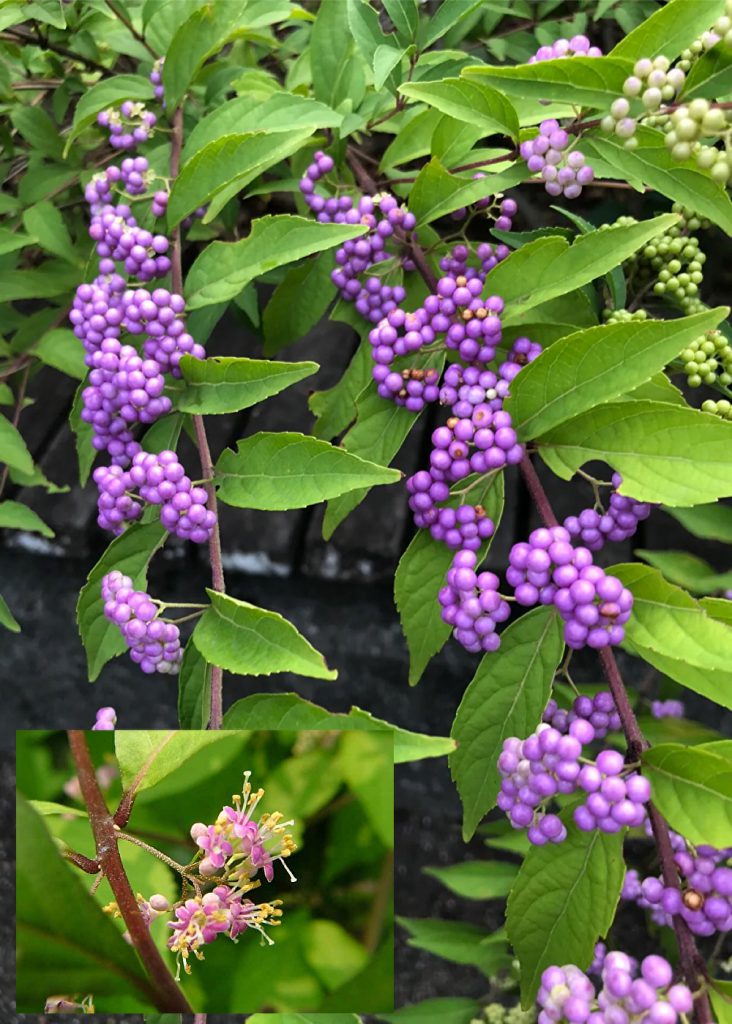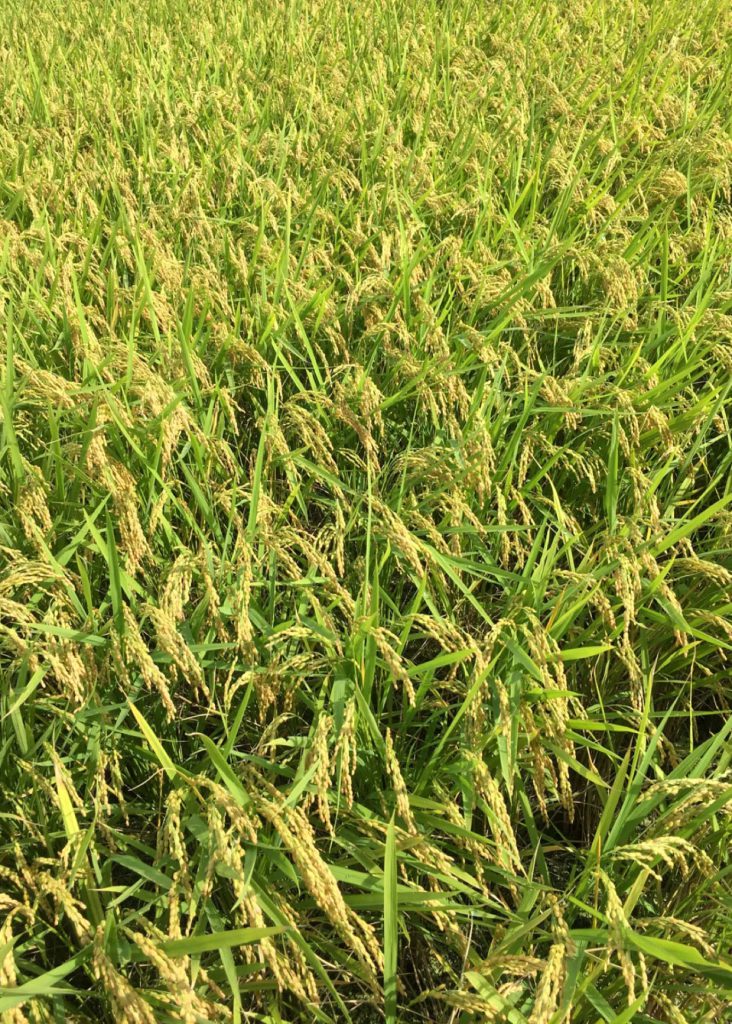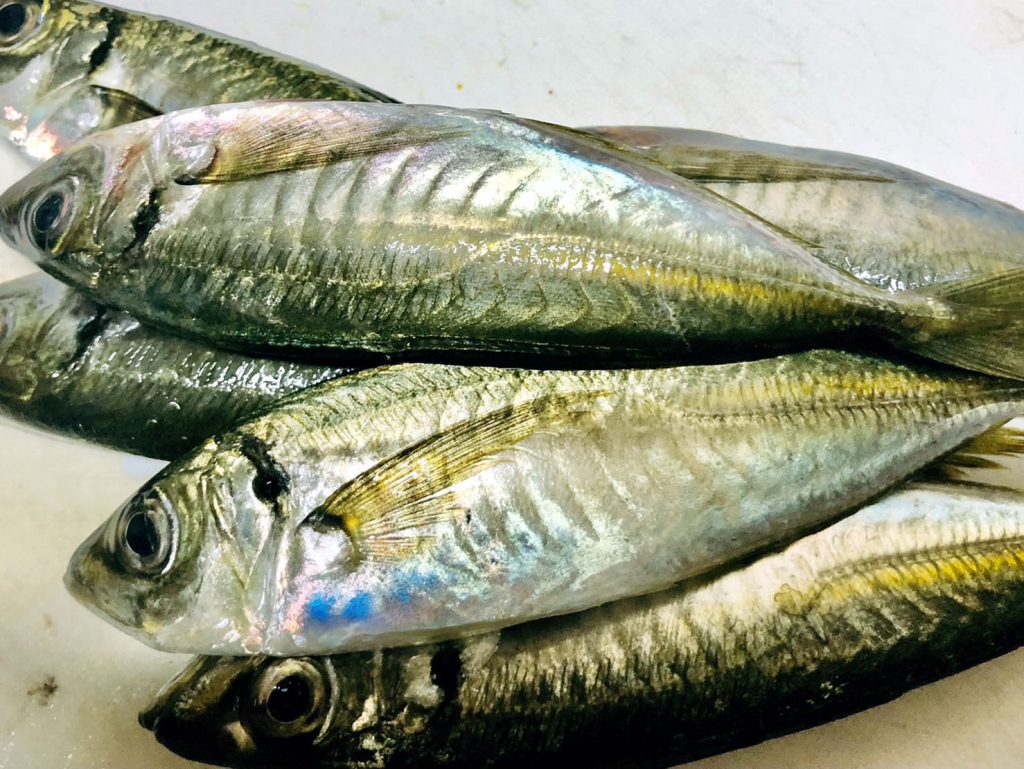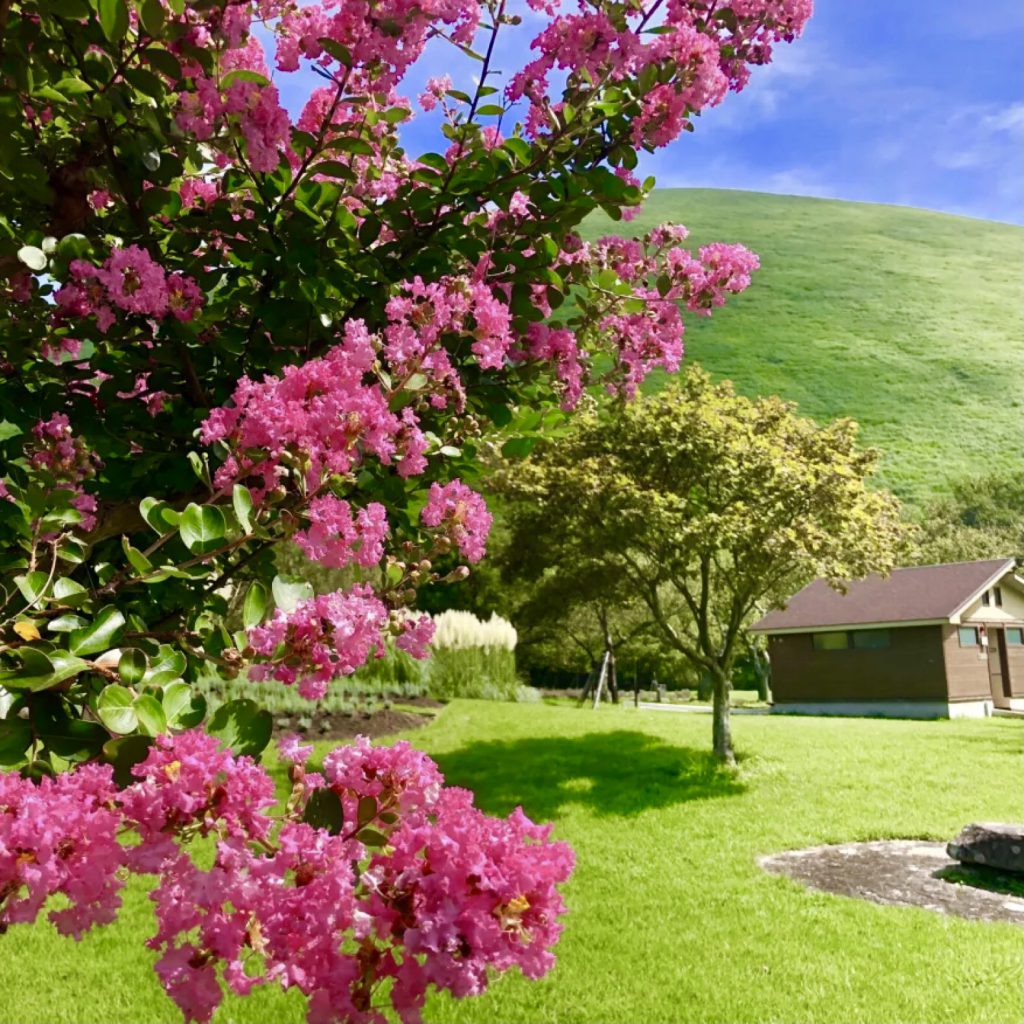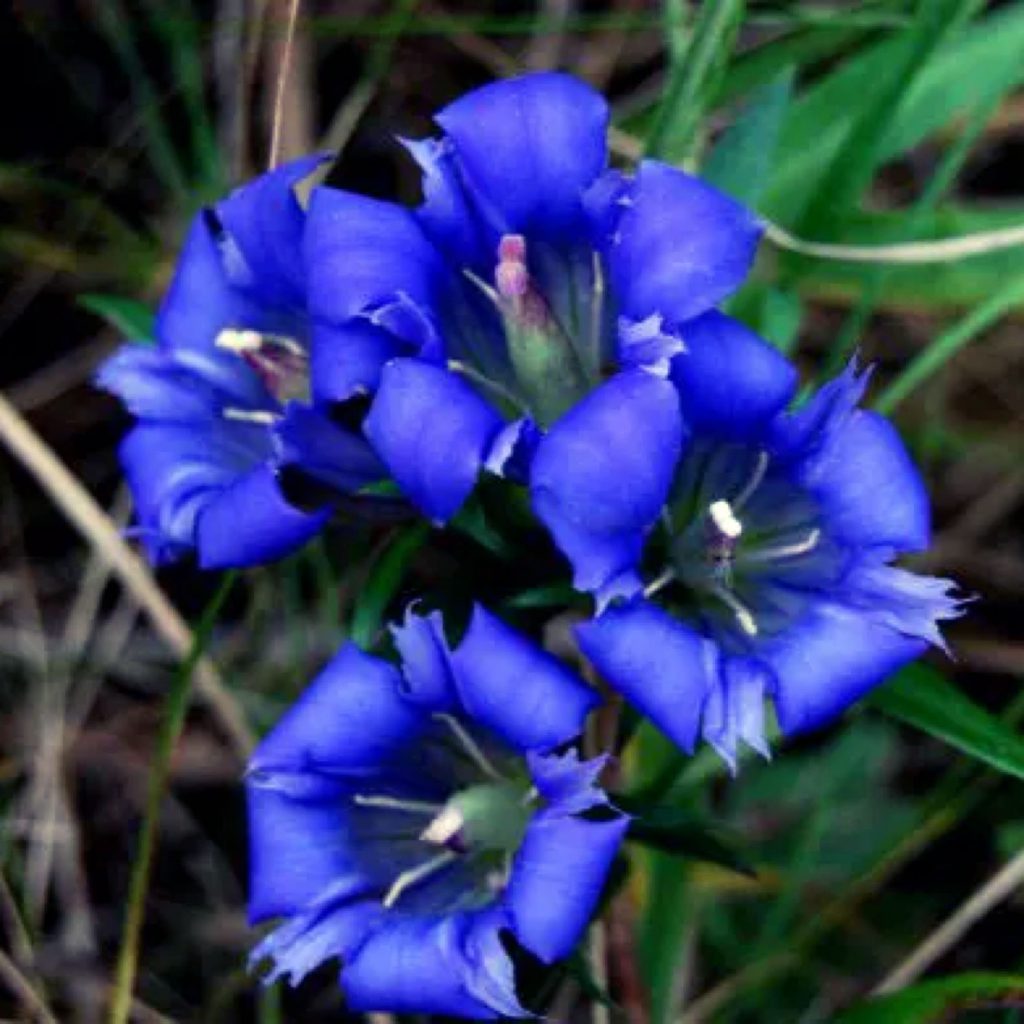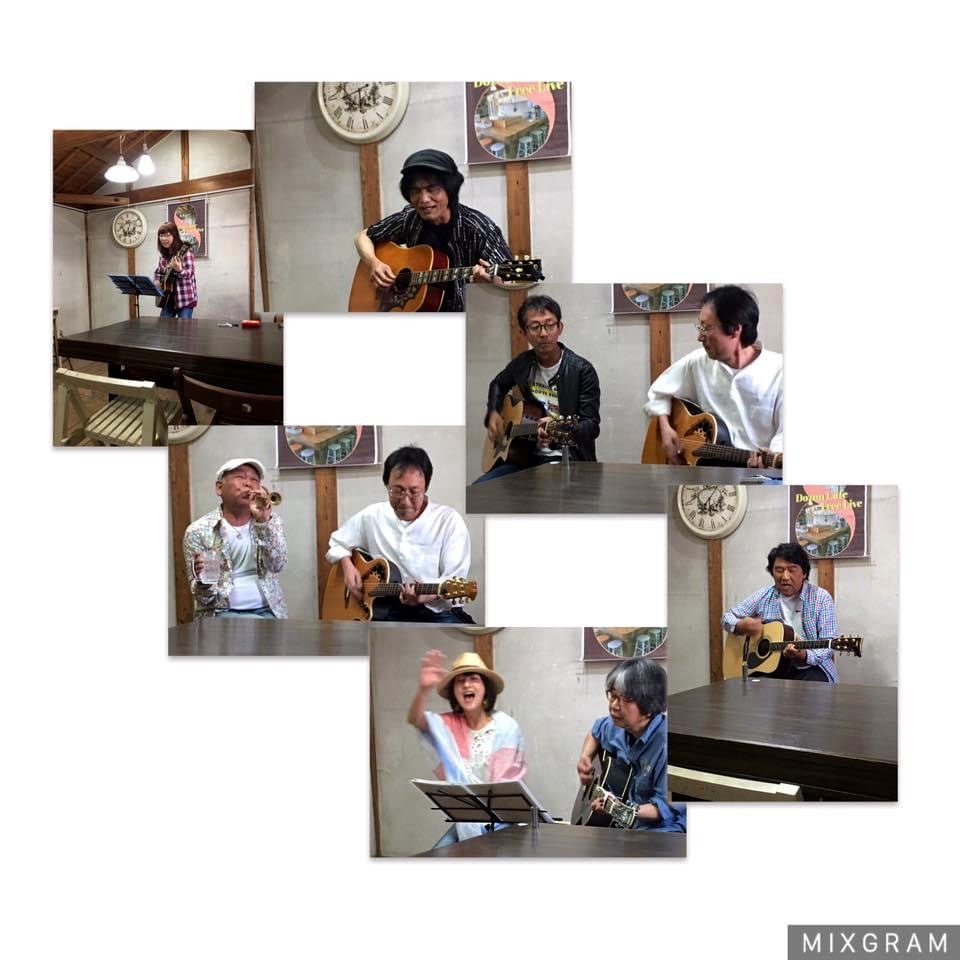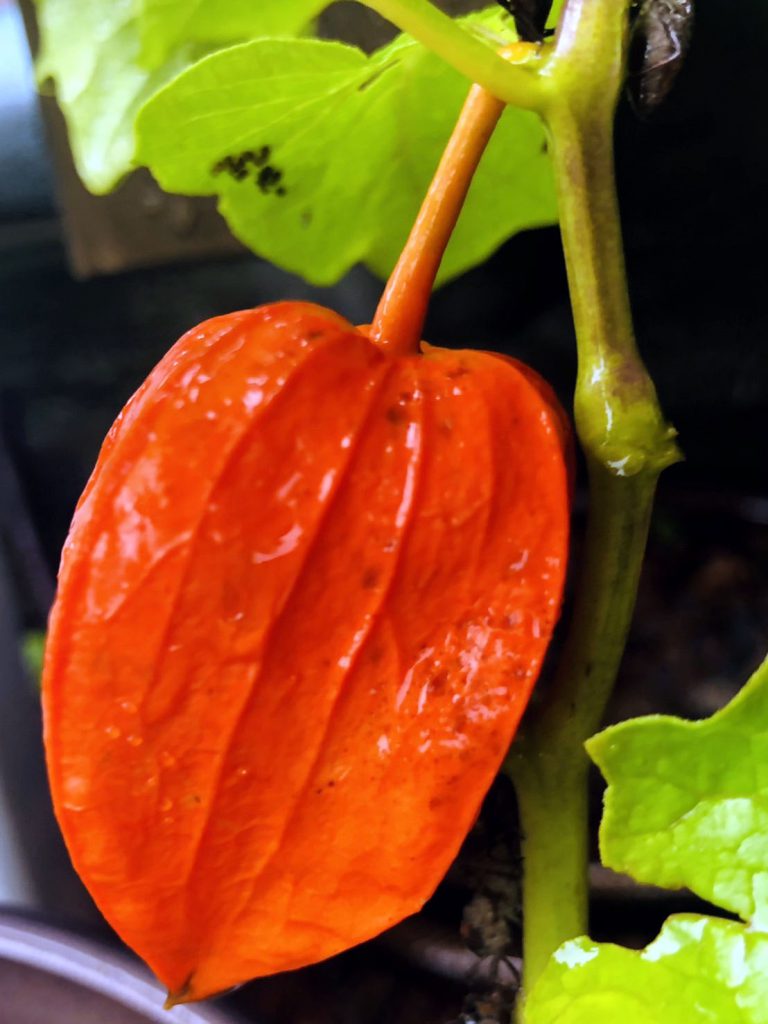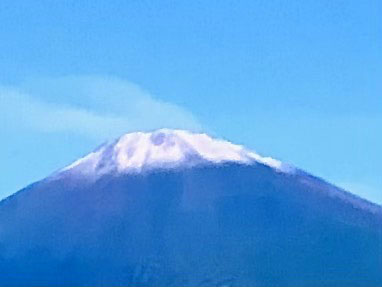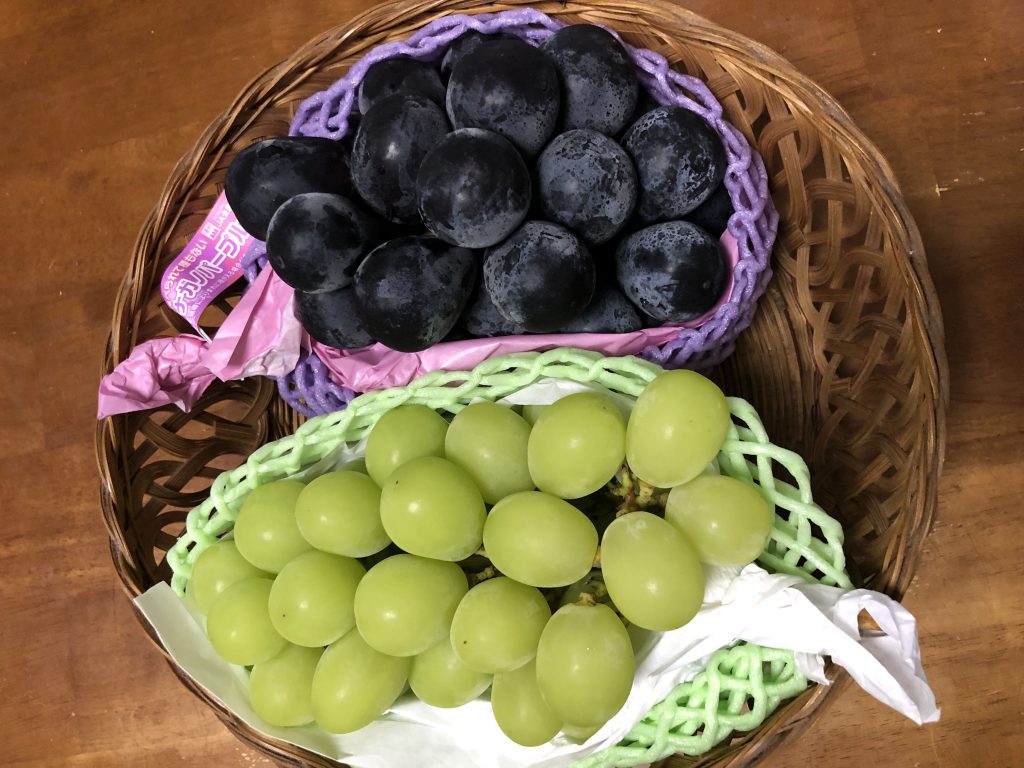
I received Nagano Purple and Shine Muscat. Nagano Purple is a grape similar to Kyoho and Shine Muscat is a grape similar to Muscat, both of which are the newest grapes that can be eaten with the skins that are in fashion now. Delaware native to the United States first came to Japan, and speaking of grapes, it means this Delaware, Delaware is still widely used. This is because it was easy to cultivate because it was suitable for the climate of Japan. European grapes have large fruits and are easy to eat, but the heat and humidity of the summer did not suit them, and cultivation was delayed. However, Japan’s agricultural technology has become the world’s leading grape-producing country by repeatedly improving varieties that take advantage of the strengths of each grape.
ナガノパープルとシャインマスカットをいただきました。ナガノパープルは巨峰に、シャインマスカットはマスカットに似た葡萄で、どちらも今流行りの皮ごと食べる事ができる、最も新しい葡萄です。日本に初めに入ってきたのはアメリカ原産のデラウェアで、葡萄と言えばこのデラウェアをさし、今でも幅広く親しまれています。日本の気候に適し栽培され易かったからです。ヨーロッパ系の葡萄は実が大きく食べ易いのですが、夏期の高温多湿が合わず栽培に遅れをとりました。しかし、日本の農業技術はそれぞれの葡萄の長所を活かす品種改良を重ねる事によって、今や世界をリードする葡萄生産国になっています。

